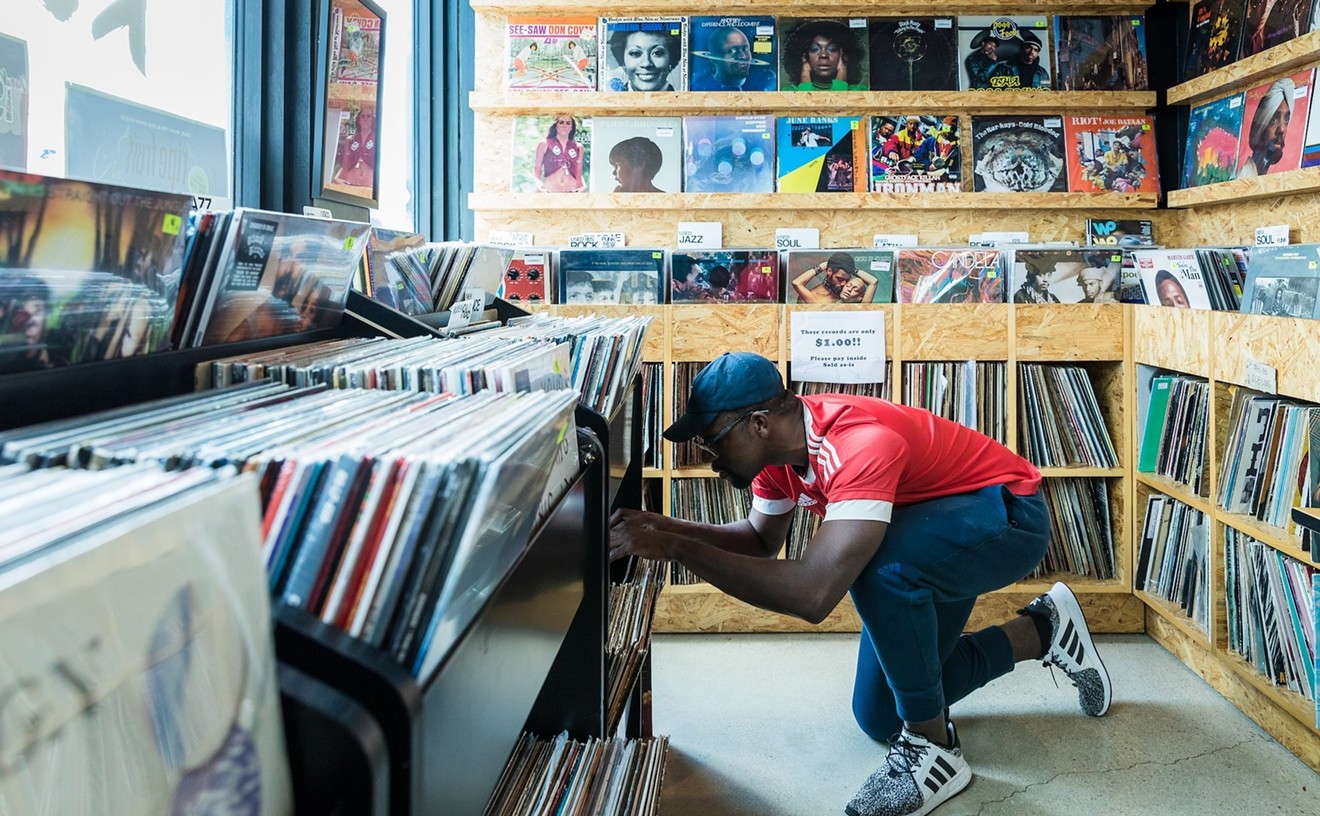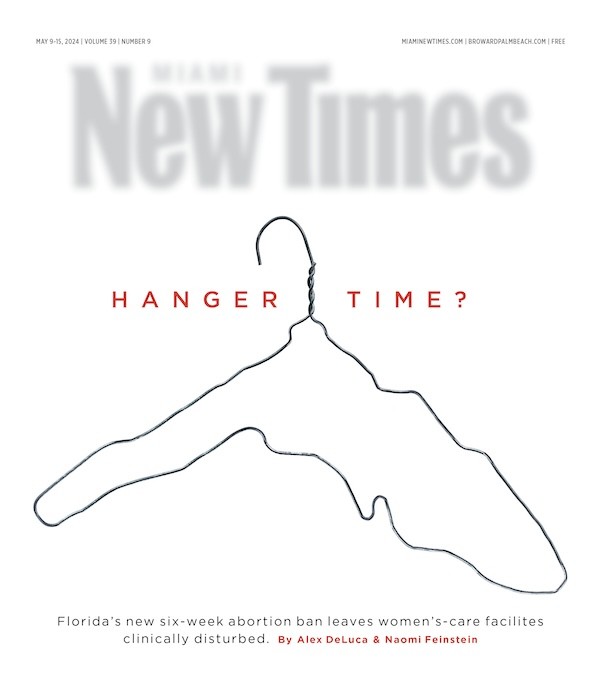Last year The Brandon Teena Story, a first-rate documentary about the case by Susan Muska and Gréta Olafsdóttir, was released and has been making the rounds of art houses and cable television broadcasts ever since. In fact, so striking is this work that I seriously doubted that a fictional docudrama could have anything more to say about the incident. But as Boys Don't Cry proves, there's a lot to say -- not only about Brandon Teena, but also about the world in which she/he lived and died.
It's not that transgenderism is a new phenomenon; consider the sensation Christine Jorgensen created in the '50s. In recent years, though, it has been getting renewed attention as transsexuals speak up for themselves as never before (witness California schoolteacher Dana Rivers) and as they are embraced as an adjunct of the gay-rights movement. But as Brandon Teena's brief life shows, we all have a lot to learn about the way life is lived in America -- not only among the transgendered but among all sorts of other people in what the media persists in referring to so sanctimoniously as "the heartland."
Boys Don't Cry gets its tone down from moment one, as a sympathetic gay friend (Matt McGrath) cuts Teena's hair in preparation for a night at the roller rink. He asks why she doesn't consider herself a lesbian, and how she expects to get away with this masquerade. He doesn't get an answer to either question, but we do in Swank's face. She's brimming with bravado and high spirits. There's something infectiously goofy about the whole thing -- a teenage prank on the grandest scale possible. But it's a telling prank, too. Although Teena can't quite put into words why she sees herself as a man rather than a woman, Swanks' physical expressiveness underscores the seriousness behind the masquerade.
Forced to leave town by a group of men who discover her secret, Teena takes to living nearby. Not much of a stretch, as Peirce unfurls the Midwest as a landscape of indistinguishable houses, gas stations, and liquor stores. Made over as a man, Brandon quickly cozies up to John Lotter (Peter Sarsgaard), a brooding but seemingly low-key ex-con and his slightly less alert buddy, Tom Nissen (Brendan Sexton III). They take on Brandon as a kind of mascot -- feisty but small (there's an amazing scene where Brandon gets into a bar brawl with a man three times his size) and in need of brotherly protection.
Here romance enters the picture when Brandon catches sight of Lana (Chlo&emul; Sevigny), a sad-eyed teenager with the aura of a lost and frequently kicked dog who desperately needs love but just might bite anyone who offers it. Lana is nominally John's girl. But he's not at all upset when the "little guy" is smitten. And for her part, Lana -- whose social life consists of hanging around a highway Quik Stop -- is dazzled by this oddly delicate youth who doesn't want to brutalize or dominate her.
At one point Brandon drops by the spinach-canning factory where Lana works the night shift. The camera shows her leaning out the window smoking a cigarette as Brandon looks up at her adoringly from the alley below and takes a Polaroid snapshot. It's as dreamily beautiful as the Elizabeth Taylor- Montgomery Clift love scenes in A Place in the Sun, yet it's unfolding on a landscape that smacks of science fiction. Moreover, if you know what's coming, this tender scene is utterly heartbreaking. Thank goodness Peirce directs the finale with an offhand grace that cushions the blow somewhat. Yet there's a further sting to it as the director makes painfully clear that the psychopaths who murdered Brandon are seen by this culture as perfectly normal.
While most of the time Peirce directs in the straight-ahead style of middle-period Fassbinder (Jail Bait and I Only Want You to Love Me in particular), she occasionally composes the action in a painterly way -- as if all of this were taking place on another planet, which in a way it is. But thanks to Peirce's sure touch and the performances of Swank, Sevigny, and Sarsgaard, Boys Don't Cry is a film that's all too bound to this sad earth.










